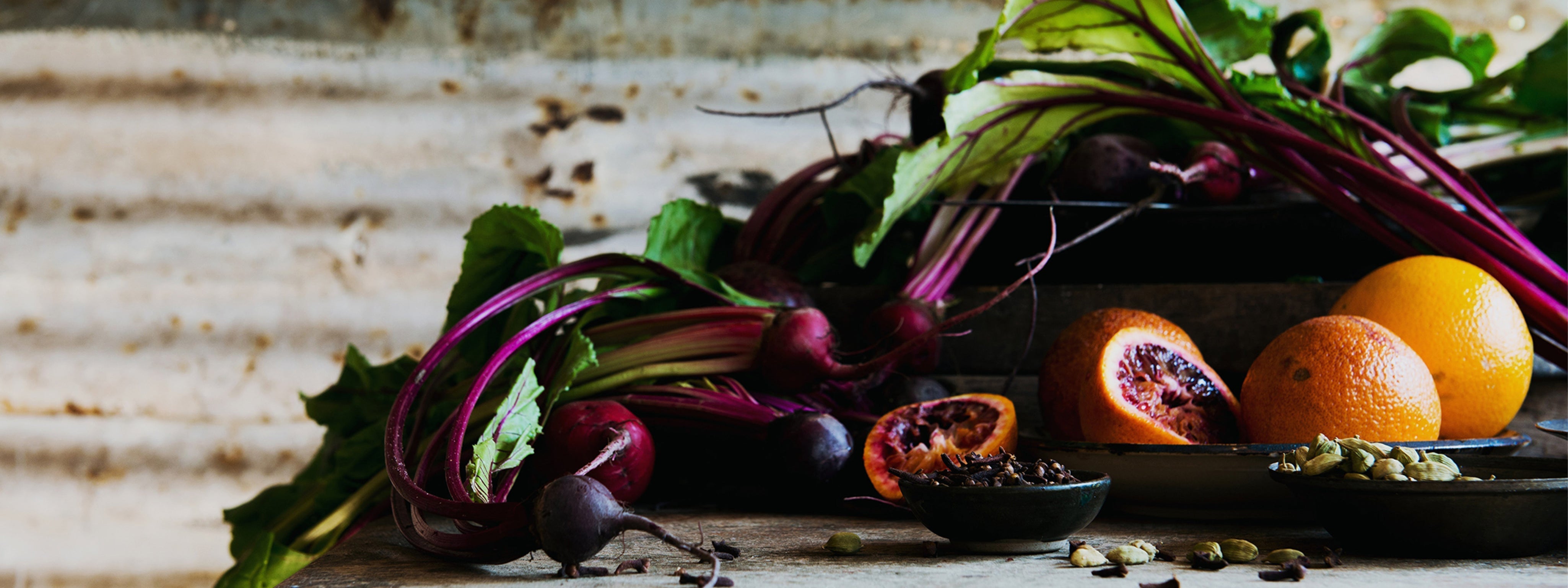The Tea Plant
Spend 5 minutes with East Forged’s Co-founders and resident tea specialists, Tania Stacey and Kym Cooper, and you’ll instantly level up your tea game.
In our introductory tea guide we have answers to all of those frequently asked questions about the humble tea plant and by the end we hope to have sparked your curiosiTEA.
Are Teas and Herbal Infusions the same thing?
When people in the tea industry talk about tea, we are talking about the tea plant. Its botanical name looks like this.
TheaceaeCamellia
Camellia sinensis (L.) Kuntze
and commonly refer to as Camellia sinensis. Anything that does not have a scientific name like this is not Tea. But keep in mind, with all nature’s wonderful inflections, lines can be blurred. There are some very close neighbours such as Camellia taliensis and Camellia pubicosta that are similar in plant composition, taste and aroma.
Herbal Infusions or Tisanes are defined by a large range of botanicals that can be steeped. Most importantly the Herbal Infusions do not contain the tea plant, Camellia sinesis. The botanicals include flowers, fruits, herbs and spices. Peppermint or lemongrass are well known examples of Herbal Infusions.
You will soon learn of the many idiosyncrasies in the tea world. And before moving on, just to be clear, we shouldn’t get our Tea Plant confused with another Australian icon: the Tea Tree or Melaleuca alternifolia.
In our East Forged cold brew nitro infused teas we use Tea as our base. You can read all about our process here.
A quick note on tea blends.
Tea blends use the finished tea leaf. This means the tea and/or herbal ingredients are dried and go onto be blended. These teas/herbal infusions capture a huge variety of styles, tastes and ingredients. Classic blends include; English Breakfast, Earl Grey, Moroccan Mint.
These blends are made by selecting leaf tea from different origins (e.g., India, Sri Lanka, China), different harvest times or farms and blending in various ratios to achieve a uniform taste that represents the brand (e.g., Lipton or Twinings).
Often these brands have Tea Tasters that train for many years and have a great skill in achieving this uniform flavour profile consistently. Master Tea Tasters have their tastebuds insured for huge amounts of money, thinking of a career change read about it here.
A cautionary tale, watch out for the use of natural flavourings (different to natural ingredients) as this can significantly impact aroma and taste. The ingredient panel should quickly highlight this for you.
Does Tea contain caffeine?
Tea naturally contains caffeine which is concentrated in the bud of the plant. It is the plant’s defence mechanism to protect the delicate tea bud against pests while growing.
Generally, Tisanes and Herbal Infusions offer a caffeine-free beverage but there are some rule breakers. For example, Yerba Mate, traditionally consumed in central and southern regions of South America does contain caffeine.
For specific details about the caffeine content (and it is just a little for that gentle lift) in our cold brewed nitro teas, take a look here.
Is organic or conventional (non-organic) tea an indicator of quality, taste, health and sustainability?
We believe the most important factor in selecting our teas is knowing the tea farmer. Visiting the tea farm and understanding the farming practices is the only way to know whether you have quality tea that is sustainably produced, free from pesticides and sprays.
Here at East Forged HQ our focus is on provenance and knowing our tea farmers. It may surprise you because it is misrepresented frequently that an Australian tea is organic. But as tea industry specialists, we can confirm that there is no commercial tea farm in Australia that currently produces certified organic tea. We have visited the sites of Australian teas and know they are produced safely and spray free. Our White Tea from China is certified USDA organic.







